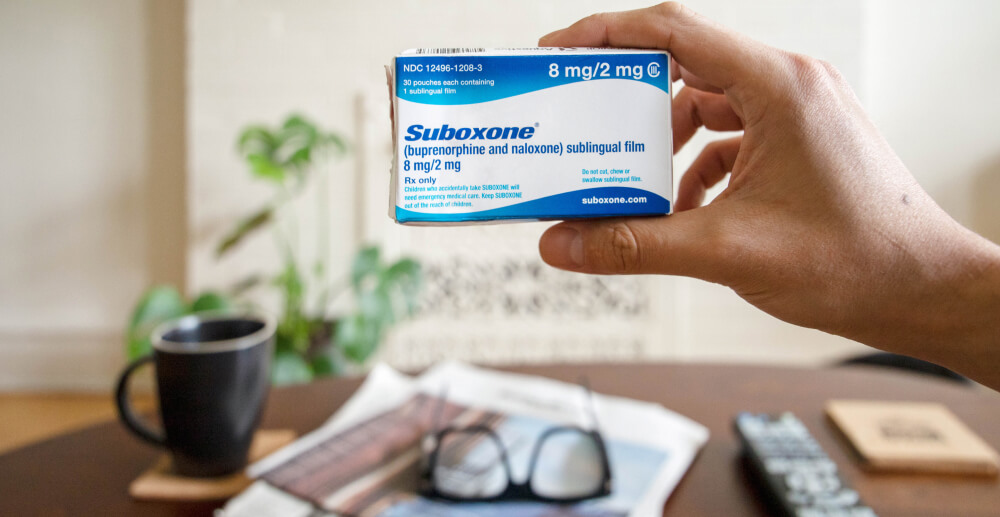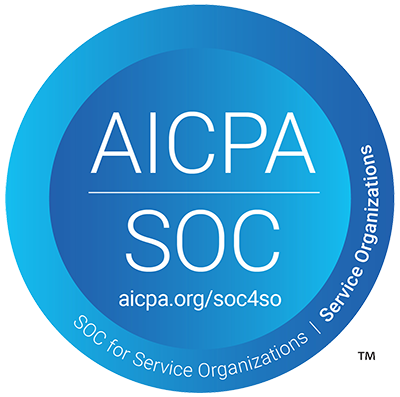What’s the deal with quitting Suboxone? Are Suboxone withdrawal symptoms worse than heroin or an opioid medication detox? We answer your questions and put your fears to rest.
At Workit Health, we hear a lot of questions about what happens when someone stops taking Suboxone for good. Many people share their anxiety with us and ask about the detoxification process, which can result in withdrawal, and how this can impact their everyday lives. We decided to answer some of the most common questions about Suboxone detox or discontinuation of Suboxone altogether.
Q: I’m ready to quit taking Suboxone. Is detoxing a good idea?
A: Suboxone is the gold standard prescription medication and the most effective medication for opioid use disorder for long-term use. Current research shows that it can take up to two years for the regions of your brain responsible for opioid cravings to return from opioid dependence to something closer to normal levels. However, sometimes people want to get off of opioids (including Suboxone) for good before reaching this point.
If you are in stable, long-term recovery—meaning you haven’t relapsed and your intense cravings are under control—and you have a desire to quit taking Suboxone, we’d recommend talking to your treatment team. We look at it this way: if someone who is suffering from depression stabilizes on antidepressants, there is no rush to get off antidepressants then. The same goes for insulin for diabetics. We don’t encourage diabetic folks to stop taking insulin once their health has stabilized. However, pressure to “stop as soon as you can” persists in recovery communities’ attitudes about Suboxone and other recovery meds.
A quick note: You may be familiar with residential treatment centers (inpatient programs) that use short-term Suboxone taper otherwise known as a rapid detox, to help patients quickly detox off of opioids. This short-term option for suboxone detox is no longer the recommended treatment for opioid dependence and may increase your risk of overdose. Discontinuing Suboxone after years of use is different than that process. It is also different from a short discontinuation you may need if you need acute pain management after surgery or injury.
Q: I’ve heard that detoxing from Suboxone is the worst. I’m nervous!
A: There are a lot of stories out there on the internet of long-term Suboxone users struggling with the detox process. Some claim the Suboxone withdrawal symptoms are worse than heroin, illicit opioids, and even prescription opioids. If you read these stories, of course you will be nervous!
The reality: detoxing from any substance that causes physical dependence is no walk in the park.
While everyone’s experience while detoxing from Suboxone is different, let’s see what medical science has to say about what can you expect:
According to several clinical studies, withdrawal from buprenorphine (the main ingredient in Suboxone) is usually milder than withdrawal from full agonist opioids such as morphine.
If you are currently on medication-assisted treatment then you have probably taken the COWS and/or SOWS test (clinical/subjective opioid withdrawal symptoms test). These tests help providers gauge how severe a person’s withdrawal symptoms are by evaluating both physical symptoms (like joint pain and tremors) and how you feel about your symptoms (e.g. I feel anxious, I feel like vomiting).
In the studies I mentioned earlier, both COWS and SOWS scores for people in withdrawal from Suboxone were lesser than the scores of people detoxing from morphine. So, not only was the severity of withdrawal symptoms less, but they also felt like their symptoms were milder.
Again, everyone’s experience with detox is different. Talk to your healthcare provider about any concerns you have.
Q: What are the common symptoms of buprenorphine withdrawal?
- Feeling physically tired and exhausted
- Cramps and body aches
- Cold and hot sweats
- Decrease in appetite
- Nausea
- Runny nose
- Upset stomach and Diarrhea
- Vomiting
- Insomnia
- loss of appetite
- Itchiness
- Cravings
- Anxiety
- Depression
Keep in mind that the physical and psychological symptoms will vary from person to person. If you have severe withdrawal symptoms, seek medical attention immediately.
Q: How does Suboxone’s longer half-life change the detox experience?
A: The half-life of a drug is how long it takes for half of the dose you took to be metabolized by your body. Essentially, after one half-life, you have half as much medicine working in your body.
The half-life for a pain pill like hydrocodone (aka Norco) is about 4 hours, whereas the half-life for Suboxone is closer to 32 hours (learn more about how Suboxone works). That’s an eight-fold difference between Norco and Suboxone!
Because it stays active in the body longer, the symptoms of Suboxone detox are often delayed compared to heroin or prescription painkillers. This means that you may feel these symptoms for longer, which might explain why some people think Suboxone detox is so bad.
But remember, detox from Suboxone is often milder than detox from other opioids (which is what you are avoiding by taking Suboxone in the first place). And if you have a long, considered taper, you may not experience (or only very mildly experience) Suboxone withdrawal symptoms.
Q: What can I take to help me through Suboxone detox?
A: As with any other detox, you should get plenty of rest, stay hydrated, and maintain a healthy diet (learn more about how to make detox easier). It is also important to have emotional support from family, friends and/or a peer recovery coach who has been there.
Once you have decided to discontinue Suboxone, your provider may prescribe you clonidine or Zofran to help with withdrawal symptoms like nausea and flu-like symptoms. If you experience muscle aches during the detox, you can take a non-opioid painkiller like Tylenol or aspirin to help with those withdrawal effects.
If you have chronic pain and are worried about it coming back after you discontinue Suboxone, you should see a pain management specialist to discuss a non-opioid treatment plan, such as physical therapy and behavioral therapy.
Finally, if cravings are still an issue, and you wish to discontinue Suboxone, talk to your provider about naltrexone. This prescription medication reduces cravings but, unlike Suboxone, is not an opioid. It is important to note that you must have detoxed from all opioids, including Suboxone, for 7-10 days before starting naltrexone.
Q: What helps Suboxone withdrawal?
The key to improving your Suboxone withdrawal process is your ability to maintain a treatment plan while gradually tapering off the drug. A supervised detox by a medical professional is an important element of this process designed to help the addicted individual reach the finish line. By being under the care of a medical professional, you decrease the risk of opioid withdrawal symptoms and the risk of relapse.
Whatever your path to recovery looks like, the team at Workit Health is here for you!








